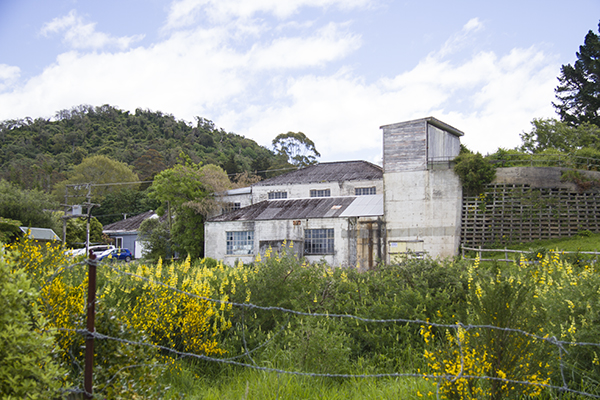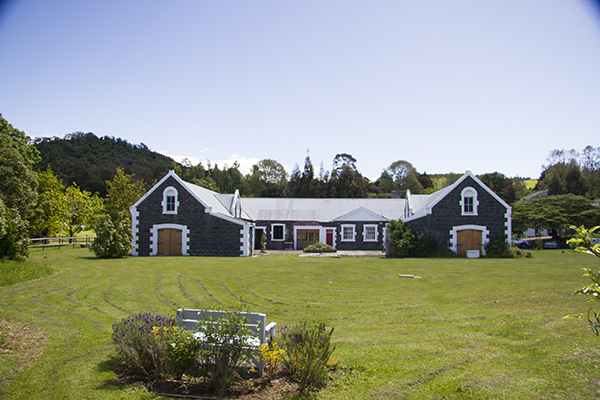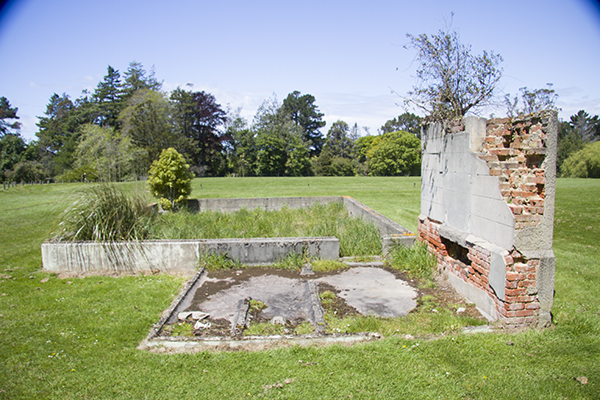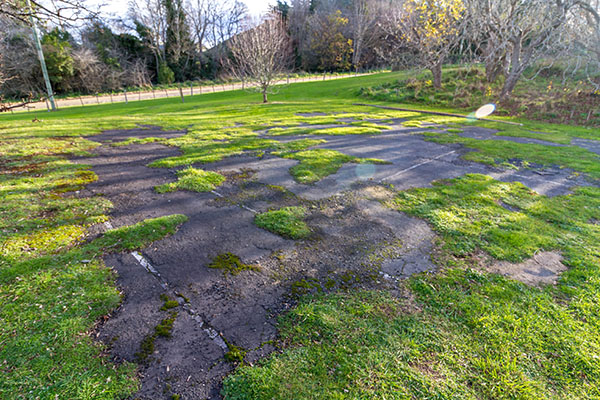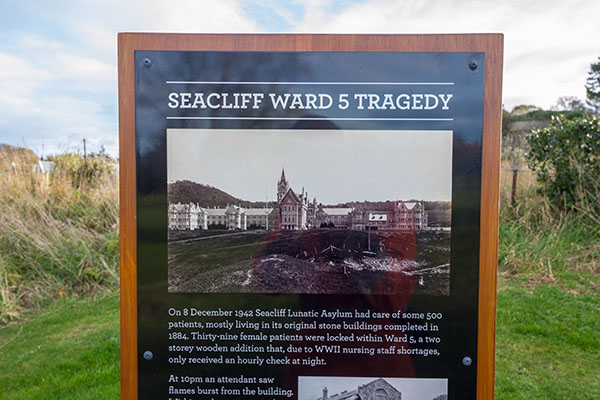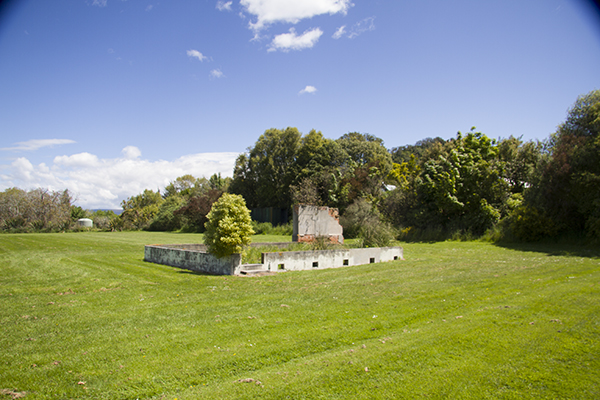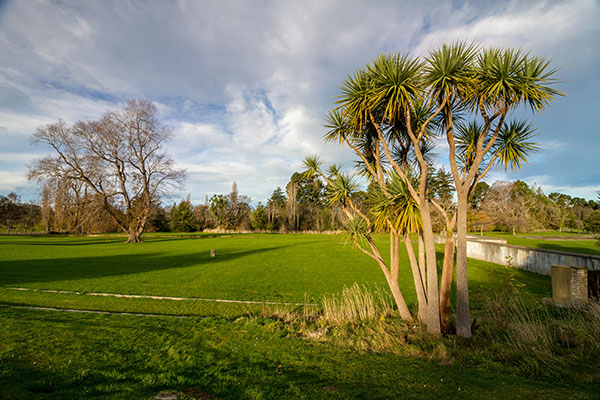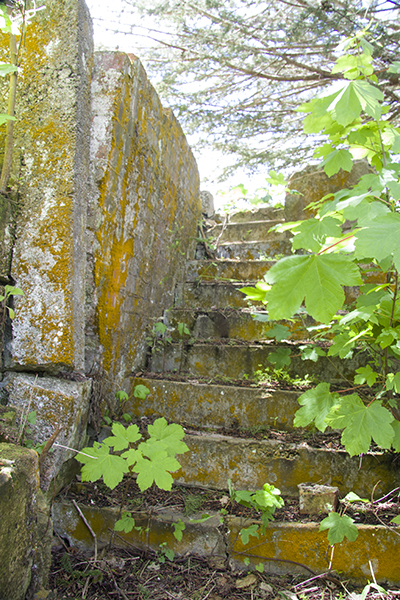The Dunedin Lunatic Asylum was established in 1863 on the site where Otago Boys High School is now situated. However, by 1876 there was a need for a larger asylum because the Dunedin Lunatic Asylum was becoming increasingly crowded.
A site for a new Asylum was chosen at Brinns Point (Seacliff) in a dense forest. Robert Lawson started working on the new asylum in 1874 and was involved with it until the completion of the main block in 1884.
At that time it was New Zealand's largest building and was to house 500 patients. Architecturally, Lawson's work on the asylum was very exuberant, with turrets on corbels projecting from nearly every corner, with the gabled roof line dominated by a large tower with turrets and a spire.
The building contained four and a half million bricks and was 225 meters long by 67 meters wide, with the tower being 50 meters in height.
In 1887, only three years after the opening of the main block, a major landslide occurred and affected a temporary building. The main block survived until 1959, when it was demolished because of further earth movement.
Around 9:45 pm on 8 December 1942, a fire broke out in Ward 5 of the hospital. Ward 5 was a two-story wooden structure added onto the original construction, holding 39 female patients. All patients had been locked into their rooms or into the 20-bed dormitory. After the fire was noticed by a male attendant, the hospital's firefighters tried to extinguish the flames with water from a close-by hydrant, while two women were saved from rooms that did not have locked shutters.
However, the flames were too strong, and after an hour the ward was reduced to ashes, though the fire was kept from spreading to other buildings. All patients who remained in Ward 5 are thought to have died from suffocation from smoke inhalation.
These words where a mixture from Wikipedia, the government archives and my own interpretation - Stu

